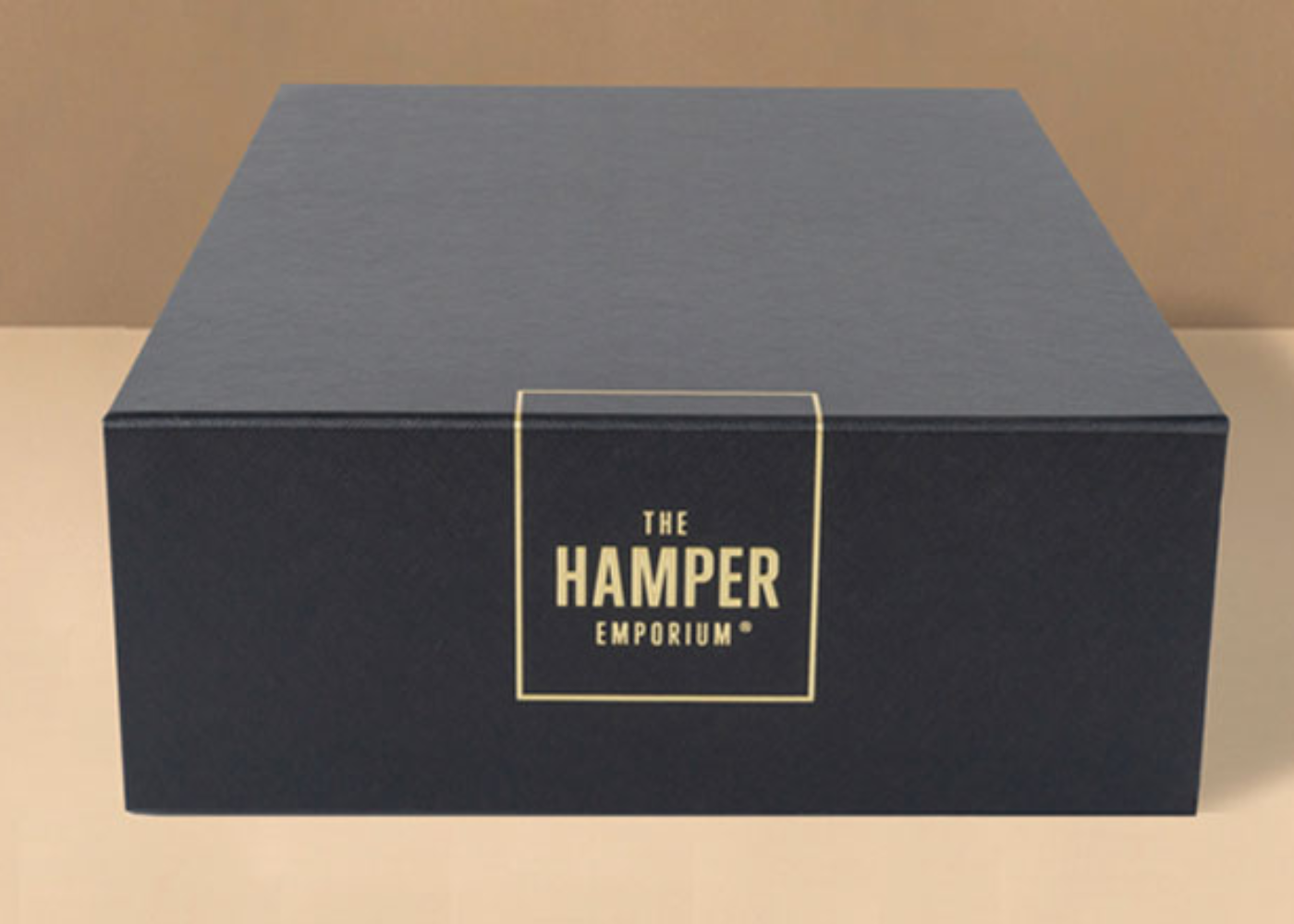1. Introduction – why market gaps matter
In today’s crowded market, simply existing in your category is not enough. Customers compare options in seconds, switch brands easily and share their experiences publicly. Brands that stand still are quickly left behind. By contrast, the ones that thrive are those that spot market gaps early and respond with solutions that feel considered and commercially strong.
Market gaps are the places where customer needs are not fully met. Sometimes they are obvious pain points no one has addressed. In other instances, they are subtle frustrations revealed through reviews, comments or returns data. They also appear when lifestyles shift faster than products do. When you learn to identify market gaps, you stop competing on price or volume alone. Your products and packaging begin to feel as though they were designed precisely for the people you serve.
At Nextpack, this is where our work begins. We help brands read the market, translate insight into opportunity and turn those opportunities into products and packaging that feel thoughtful, cohesive and worth choosing. In the sections ahead, this article explores how to identify market gaps, how to use them to differentiate and what it looks like when this process is handled well from concept to launch.


2. What market gaps really are
A market gap is any space where demand exists but current options fall short. It is rarely about inventing something new. Instead, it is about refining what already exists and presenting it in a way that feels clearer, more usable or better aligned with how customers want to buy and interact.
You might find market gaps in:
• Features customers repeatedly ask for
• Price points that feel over served or ignored
• Unseen or underserved segments
• Packaging that doesn’t match the value inside
• Experiences that feel clumsy or outdated
The most valuable gaps sit where a genuine customer need meets the ability to deliver something considered and commercially sound. In practice, the right opportunities align with brand strengths and long-term direction.
This is where we add depth at Nextpack. We analyse feedback, review what the market is not offering and identify where design, format or the packaging experience could shift customer perception. Sometimes that means simplifying. In other cases, it calls for enhancement. Quite often, it is about presenting what already exists in a way that feels purposeful and complete.
A clear example is our work with The Hamper Emporium. Their classic black hamper box looked premium, but the plastic matte lamination showed every scuff during packing and transit. The gap was clear: the product quality exceeded the impression created by the outer box. As a result, by testing finishes, selecting recycled substrates and engineering a collapsible structure with a refined tactile profile, we lifted brand perception and improved the unboxing experience. You can read more about it in our case study.
Ultimately, when defined clearly, market gaps become design criteria that guide structure, material, format and experience with intent.
3. Start with your customer, not your competition
It can be tempting to start with competitors – analysing what they offer, how they price and how they position themselves. However, the most relevant market gaps rarely come from looking sideways. Instead, they come from the people buying, using and living with your product. Customers reveal what feels missing, what feels valuable and how they want products and packaging to work in real life.
There are three powerful ways to uncover this.
Talk to customers directly
Surveys, interviews and informal conversations show what people love, what frustrates them and what they wish existed. Often, these conversations surface nuances that data alone can’t capture.
Listen where feedback already lives
Read reviews – your own and your competitors’. Observe forums, social comments and support inboxes. One complaint may be noise. Repeated themes become insight.
Watch real behaviour
See how people open, use, store or repurpose packaging. Do closures frustrate them? Do they keep or discard the box immediately? In many cases, behaviour often reveals truths customers don’t articulate.
Document what you see. Patterns tell a story. For example, some customers gravitate toward refillable formats. Others, by contrast, prefer packaging they feel proud to gift. Occasionally, the product itself is right – but the experience isn’t.
At Nextpack, this discovery stage is woven into our early briefing and research process. Before anything is sketched, we look at how a product is bought, opened, handled, gifted and shared. As a result, that context shapes the structural, material and finishing decisions that follow.
To see how this insight-led approach moves from opportunity to execution, you may enjoy reading Transforming Ideas into Reality: Nextpack’s Process for Packaging and Product Design.


4. Reading the market – trends, adjacencies and early signals
Customer insight is one layer. Beyond that, broader market awareness is the next. Many of the strongest gaps emerge when global trends shift but local offerings lag behind.
Signals to watch include:
• Sustainability expectations rising faster than packaging options
• Overseas brands adopting materials or formats not yet localised
• Demographic changes influencing how people live, work and gift
• New sales channels such as Direct to Consumer or subscription models reshaping packaging needs
Trend reports and industry publications help. However, observing retail environments, attending trade fairs and analysing what leading brands do beyond your category often reveals opportunities first.
To stay ahead rather than react later, our Packaging + Product Design Trend Guide highlights the materials, colours, formats and tactile directions shaping packaging now.
Refillable formats, for example, began in beauty before influencing homewares, cleaning and premium gifting. As a consequence, brands who noticed early created systems that feel modern, responsible and commercially sound.
Here at Nextpack, we draw on more than two decades across beauty, food and beverage, gifting, kitchenware, petware and lifestyle. Because of this breadth, we recognise patterns sooner and apply thinking from one category to another, revealing opportunities that are not always obvious at first glance.
If you’d like to explore how sustainability fits into these shifts, our article Eco-friendly Packaging: 7 Sustainable Packaging Ideas for 2025 breaks down the materials, finishes and structural approaches leading brands are adopting.
5. Analysing competitors to find space you can own
Once you understand your customer and the broader market, competitor analysis becomes more strategic. The goal is not to copy but to see where you can stand apart and fill gaps with purpose.
Start with a simple audit:
• Identify key competitors and their core products
• Note their visual and verbal positioning
• Compare pricing, formats, materials and unboxing
• Read reviews to see what earns praise or frustration
From here, look for three clear gap types:
Gaps in quality
Strong products can be weakened by packaging that feels generic or fragile. Closure strength, insert precision and surface texture all influence perceived value. If competitors fall short here, our article Mastering Elegance: Crafting Luxury Packaging on a Budget shows how refinement can come from thoughtful design, not costly materials.
Gaps in sustainability
Some brands speak about responsibility but use mixed substrates or unnecessary layers. Others over-package to imply luxury. Customers increasingly choose brands whose packaging aligns with their values.
Gaps in experience
Even exceptional products can feel underwhelming if the unboxing is flat or transactional. Without story, anticipation or delight, the moment ends quickly. Brands who create memorable, keepable experiences often earn stronger loyalty.
Each of these represents a market gap – a space where expectations are unmet and a more considered offer can succeed. A brief SWOT analysis can sharpen your direction. Map strengths, weaknesses, opportunities and threats against what you see in the market and focus on opportunities that align with your capability and intent. The aim is not to chase every gap, but to own one meaningfully.


6. Turning insight into a clear strategy for market gaps
Insight matters only when it becomes direction. Once you’ve identified potential market gaps, the next step is to decide which ones to pursue and how to express them through product and packaging design.
Begin by clarifying three things:
Who exactly are you designing for
Define the audience with nuance – their routines, values, budgets and environments. Are they gifting or self-purchasing? Buying online or in-store? Drawn to restraint or bold expression?
What specific problem or desire are you addressing
Reduce it to one sentence. Customers want sustainable packaging that still feels gift-worthy. Retailers need packaging that stacks clearly in small footprints. Distribution teams need fast, tool-free assembly.
How will success be measured
Identify what progress looks like: repeat purchase, higher sell-through, lower damage in transit, more engagement with packaging content, stronger retailer feedback. These indicators make the strategy real.
From here, shape a value proposition that speaks directly to the gap. It should be simple, credible and easy for customers to feel in the hand. A strong value proposition becomes your reference point from sketching through sampling and into production.
Nextpack embeds this thinking into our design approach. Structure, materials, format and finish are chosen to serve a strategic purpose, not just an aesthetic one. When intent drives design, the outcome feels cohesive rather than decorative.
If you’d like to see how strategic intent translates into real outcomes, our case studies reveal how insight becomes design, experience and commercial performance.
7. Designing products and packaging that fill the gap
This is the moment a market gap becomes tangible. Insight turns into something a customer can hold – through design decisions they can see, touch and use with ease.
Four principles shape this stage:
Let function and feeling work together
Packaging must protect, stack, ship and comply – but it should also create a moment. When function and emotion align, the experience becomes memorable rather than transactional.
In our work with YETI, the gap was both practical and emotional. Their e-commerce packaging needed to pack quickly, survive transit and still feel like YETI. The result was a recyclable web mailer with a 3M rip-pull opening and a quiet exterior that opened to a storytelling interior. You can read the full breakdown in our YETI case study.
Use materials with intention
Every substrate, closure and insert should earn its place. A small upgrade in board grade may reduce returns and lift perception simultaneously. A reusable tin or vessel can extend brand presence long after first use.
This thinking shaped the Gingerbread Folk tin – designed as a keepsake rather than disposable packaging. A single choice transformed a simple box into a lasting object. Our Gingerbread Folk case study explores this shift in more detail.
Make small details work hard
A smooth rip, a lid that closes with confidence, a vessel that pours without irritation – these details shape trust and elevate everyday use.
Balance cost and impact
Premium rarely means more finishes; it means the right finish placed with intention. A single foil or texture can achieve more than multiple competing elements.
Across projects like YETI and Gingerbread Folk, the thread is the same: when design responds directly to the gap, it becomes a commercial advantage and an experience worth returning to.


8. Measuring impact and staying ahead as the market shifts
Filling a market gap is not the end – it’s the beginning of a cycle. Markets move, expectations lift and competitors evolve. Because of this, ongoing measurement keeps you ahead and helps you identify new gaps as they emerge.
Track both numbers and narratives.
Quantitative indicators may include:
• Sell-through rates and repeat orders
• Damage or return rates linked to packaging performance
• Production efficiency and freight cost improvements
• Online engagement with unboxing or product content
Qualitative indicators may include:
• Customer feedback on ease of use and perceived value
• Retailer feedback on shelf presence and handling
• Social media comments and user-generated content
Together, these signals reveal whether your solution is landing as intended. In addition, they also show where refinement could magnify value. Perhaps customers keep the packaging and would welcome refills. Perhaps a small structural adjustment, for example, could improve shelf blocking or assembly time. Ultimately, each insight becomes the next opportunity.
Here at Nextpack, every launch informs the next. We measure outcomes, share learnings across categories and continue refining long after release – ensuring, in turn, that brands stay ahead rather than simply react.
9. Working with Nextpack to find and use your own market gaps
Identifying market gaps from the inside can be difficult. When you live and breathe your products every day, it’s easy to miss what others notice immediately. For this reason, an external partner brings distance, category fluency and the ability to recognise patterns that may otherwise go unseen.
When you work with Nextpack, you can expect:
• End-to-end accountability
• Design that elevates perceived value
• Sustainability that feels genuine and materially appropriate
• Calm project management that respects timeframes
• Cross-category expertise in materials and manufacturing
Behind the scenes, every detail is measured – not assumed. Specifications are set early. Samples are tested against real product. Colour, fit, structure and finish are checked under true conditions. If anything shifts, we refine it. Ultimately, quality is not a final step – it is a constant.
We balance cost and impact with intention. Refined die-lines, print optimisation and finishes placed only where they matter most create presence without overspend. Over time, these decisions build equity, efficiency and stronger margins.
Most importantly, you work with a team defined by craft and care – people who notice the details customers feel, even if they never name them. As a result, that attentiveness turns complex projects into outcomes that feel resolved, intentional and commercially strong.
If you’d like to read about how this experience comes to life, The Nextpack Effect: What Product and Packaging Design Feels Like When It’s Done Well takes you inside the thinking and partnership behind the work.


Conclusion – turning market gaps into lasting advantage
Market gaps are where brands shift from participating to leading. They sit in unmet needs, unfulfilled expectations and moments where old patterns no longer hold. When those opportunities are recognised early, and addressed with products and packaging that feel considered, refined and commercially aligned, you become the brand customers remember – and return to.
By listening closely to your audience, observing wider shifts, analysing competitors with intention and translating insight into design, you create solutions that feel complete. They protect, present and perform. They carry story and purpose. Most importantly, they deliver usefulness wrapped in feeling – the kind that lingers long after the first unboxing.
This is the work we do every day at Nextpack – helping brands across beauty, lifestyle, food and beverage, gifting, petware and retail turn market gaps into experiences that are premium, thoughtful and commercially strong. If you’d like to understand more about who we are, how we think and the people behind the craft, you can learn more about us on our team page.
And if you are ready to explore what opportunity looks like for your next range, we’d love to collaborate. Together, we can identify the gaps that matter and design products and packaging that fill them with clarity, confidence and intention.